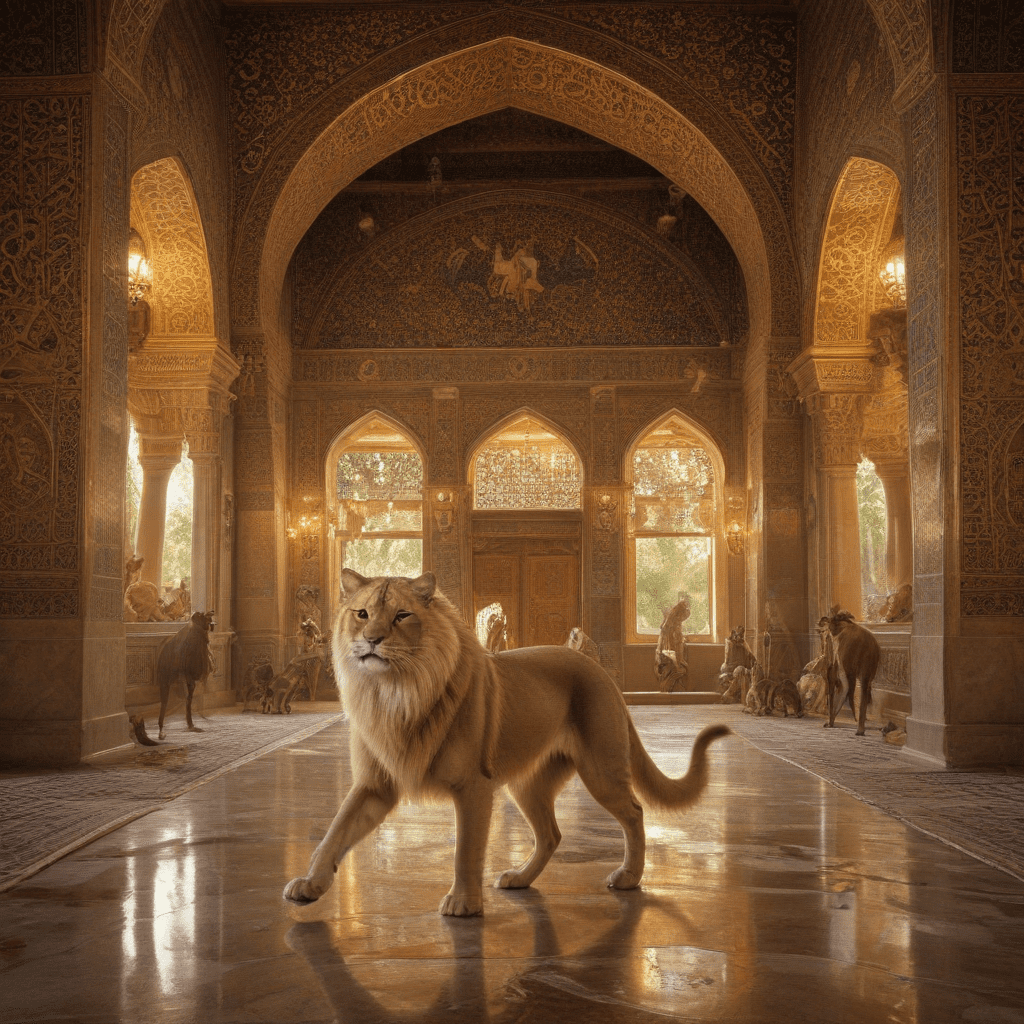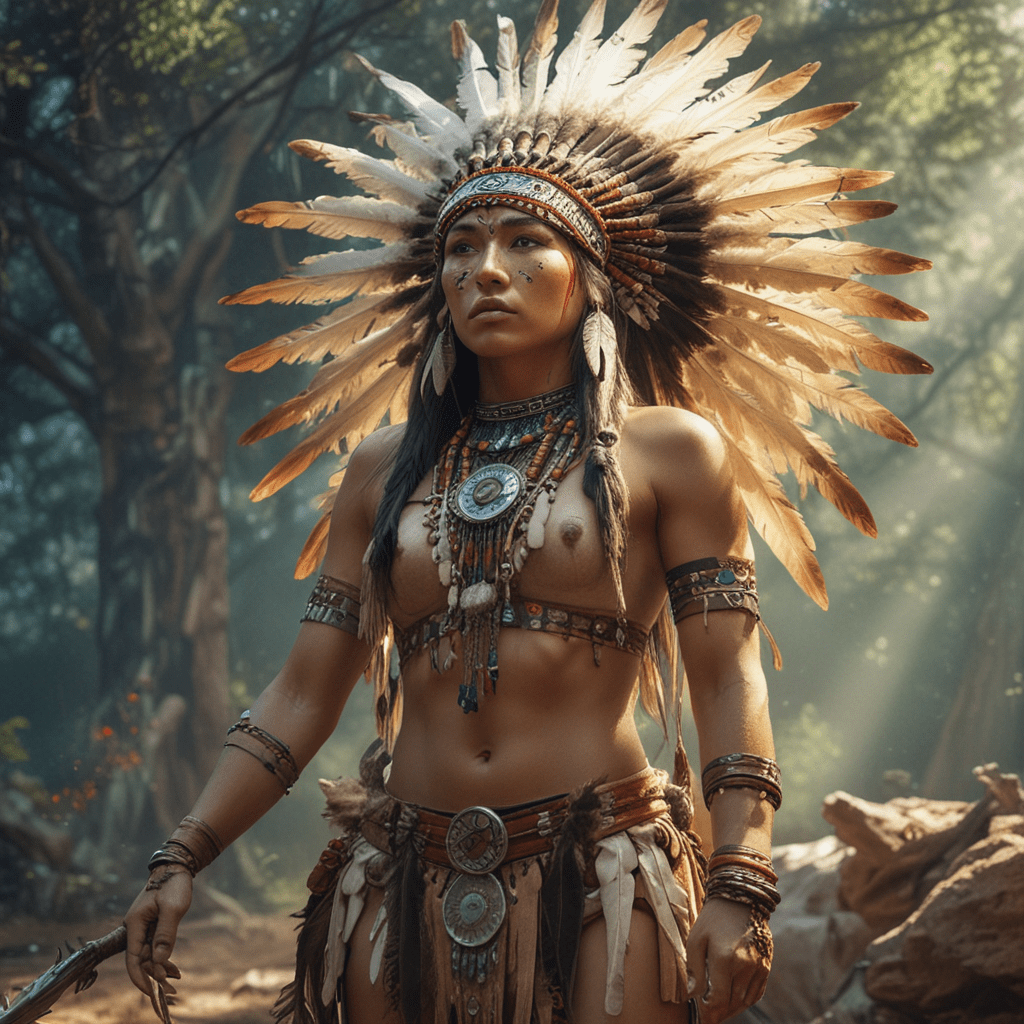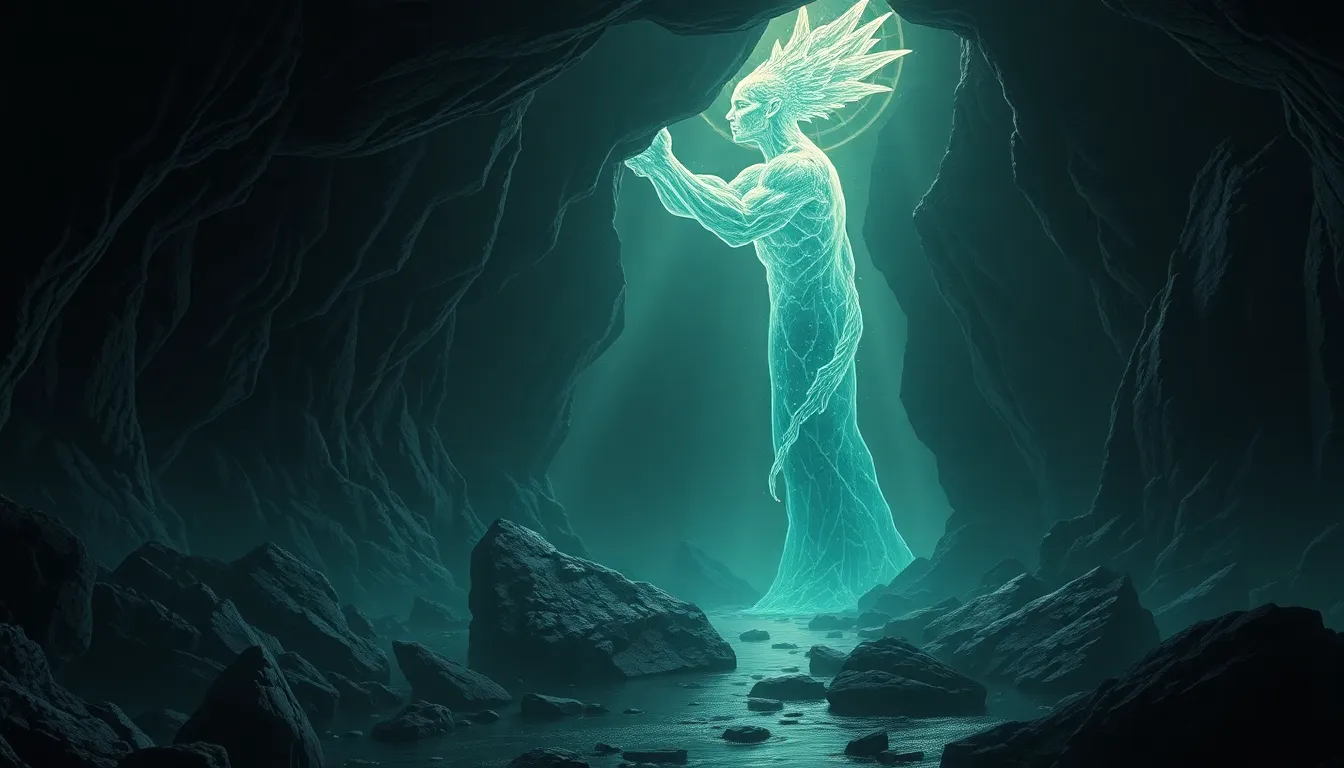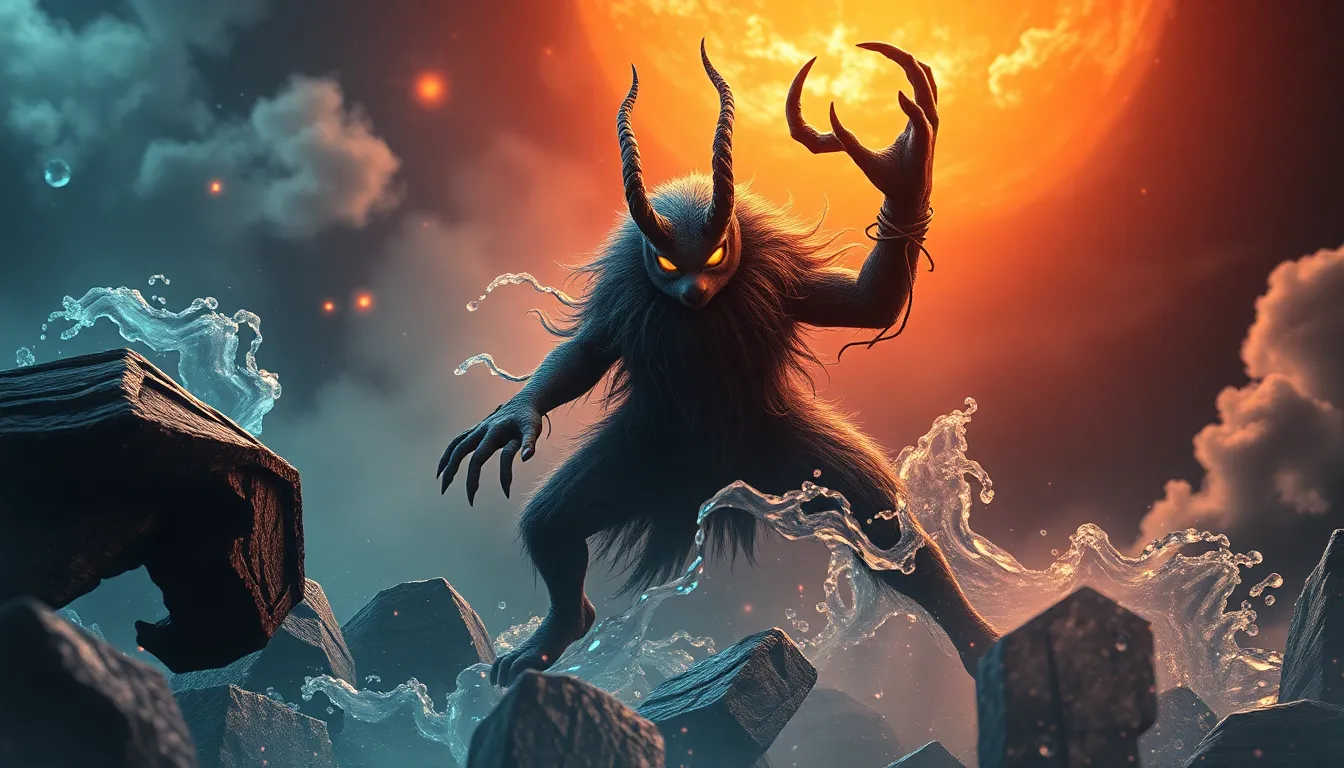The Role of Animals in Persian Mythological Stories
Introduction
Animals have played a significant role in Persian mythology, influencing various aspects of the culture, including literature, art, architecture, and folklore. These creatures, both real and mythical, served as symbols, guides, companions, and even deities, shaping the beliefs and imaginations of generations. From the majestic Simorgh to the cunning serpent, animals have enriched the tapestry of Persian mythology, offering profound insights into the human condition and the relationship between humans and the natural world.
Mythical Creatures
Persian mythology is populated by a diverse array of mythical creatures, each possessing unique characteristics and symbolic meanings. The Simorgh, a benevolent bird associated with wisdom and immortality, occupies a prominent position. In the epic poem Shahnameh, the Simorgh acts as a guardian and guide to the hero Zal, demonstrating its protective and nurturing nature. Huma, another mythical bird, symbolizes prosperity and good fortune. Its appearance is believed to bring blessings and auspiciousness. Zahhak, a malevolent figure often depicted as a dragon or serpent-man, represents tyranny and oppression. His monstrous form reflects the destructive forces that can threaten humanity.
Animalistic Deities
In Persian mythology, certain deities are associated with specific animals, reflecting the interconnectedness between the human and animal realms. Nahid, the goddess of love and beauty, is often depicted with fish-like attributes, symbolizing fertility and abundance. Varaha, the boar-god, embodies strength, courage, and virility. His association with the boar reflects his role as a protector and guardian against evil forces.
Animal Symbolism
Animals in Persian mythology frequently serve as symbols, conveying abstract ideas and moral values. The lion, with its majestic presence, represents royalty and power. The snake, on the other hand, symbolizes evil, deceit, and temptation. Birds, with their ability to soar through the skies, often signify freedom and spiritual liberation. Through these symbolic associations, animals become vehicles for understanding human experiences and exploring complex concepts.
Animal Guides and Companions
Animals in Persian mythology often serve as guides and companions to mythological heroes, providing support and guidance during their journeys. Rostam, a legendary hero, is accompanied by his faithful horse Rakhsh, who embodies loyalty, courage, and speed. Simorgh, in the Shahnameh, acts as a mentor to Zal, offering valuable advice and assistance. These animal companions highlight the importance of friendship, trust, and cooperation in overcoming challenges.
Animal Transformations
The concept of shapeshifting and animal transformations is prevalent in Persian mythology, adding an element of mystery and magic to the narratives. Simorgh, the benevolent bird, can transform into a human woman, demonstrating its ability to transcend boundaries and connect with the human world. Zahhak, the tyrannical ruler, undergoes a gruesome transformation into a dragon-like creature, reflecting the consequences of his evil deeds and the monstrous nature of his reign. These transformations serve as cautionary tales, highlighting the duality of human nature and the potential for both good and evil.
Animals in Zoroastrianism
In Zoroastrianism, an ancient Persian religion, animals hold a significant place. The bull, revered for its strength and virility, is considered a sacred animal. The dog, known for its loyalty and protective instincts, is seen as a companion and guardian. Zoroastrian beliefs also include the concept of animal spirits, known as Fravashis, which are believed to be the immortal guardians of individuals and families. These beliefs reflect the deep respect and reverence that Zoroastrians have for the animal kingdom.
Animals in Shahnameh
Ferdowsi's epic poem Shahnameh, a cornerstone of Persian literature, features a menagerie of animals that play pivotal roles in the narrative. From the loyal horse Rakhsh to the wise Simorgh, these creatures serve as both companions and symbols. Rakhsh, with his incredible speed and endurance, embodies the qualities of a true hero, while Simorgh represents wisdom, guidance, and hope. Through these animals, Shahnameh explores themes of loyalty, courage, and the interconnectedness of all living beings.
Cultural Influences
The animals of Persian mythology continue to exert a profound influence on various cultural aspects. In literature, their stories and symbolism inspire countless works of poetry, prose, and drama. In art, they adorn intricate murals, sculptures, and tapestries, adding a layer of richness and depth to artistic expressions. In architecture, animal motifs find their way into decorative elements, showcasing the enduring legacy of these creatures in the built environment. And in folklore, tales of mythical creatures and animal companions continue to be passed down through generations, preserving the cultural heritage and imagination of the people.
Conclusion
Animals in Persian mythology play multifaceted roles, serving as symbols, guides, companions, and even deities. Their presence enriches the narratives, adds depth to the characters, and provides insights into the human condition. From the benevolent Simorgh to the monstrous Zahhak, these creatures embody both the beauty and the darkness of the human experience. Their enduring influence on Persian culture, from literature and art to architecture and folklore, is a testament to the power of imagination and the enduring connection between humans and the natural world.
FAQ
Q: What are some of the most famous animals in Persian mythology?
A: Some of the most famous animals in Persian mythology include the Simorgh, a benevolent bird associated with wisdom and immortality; Huma, a mythical bird symbolizing prosperity and good fortune; Zahhak, a malevolent figure often depicted as a dragon or serpent-man; and Rakhsh, the loyal horse of the hero Rostam.
Q: What are some of the symbolic meanings of animals in Persian mythology?
A: Animals in Persian mythology often serve as symbols, conveying abstract ideas and moral values. The lion represents royalty and power, the snake symbolizes evil and deceit, and birds signify freedom and spiritual liberation.
Q: How do animals influence the narratives in Persian mythology?
A: Animals play a variety of roles in Persian mythology, acting as guides, companions, and even adversaries to the heroes. They add depth and complexity to the narratives, providing insights into the human condition and the relationship between humans and the natural world.
Q: What is the significance of animal transformations in Persian mythology?
A: The concept of shapeshifting and animal transformations adds an element of mystery and magic to Persian mythology. These transformations can symbolize the duality of human nature, the consequences of good and evil deeds, and the potential for both personal growth and destruction.
Q: How do animals in Persian mythology continue to influence culture today?
A: The animals of Persian mythology continue to inspire works of literature, art, architecture, and folklore. Their stories and symbolism serve as a reminder of the rich cultural heritage of Persia and the enduring power of imagination.



